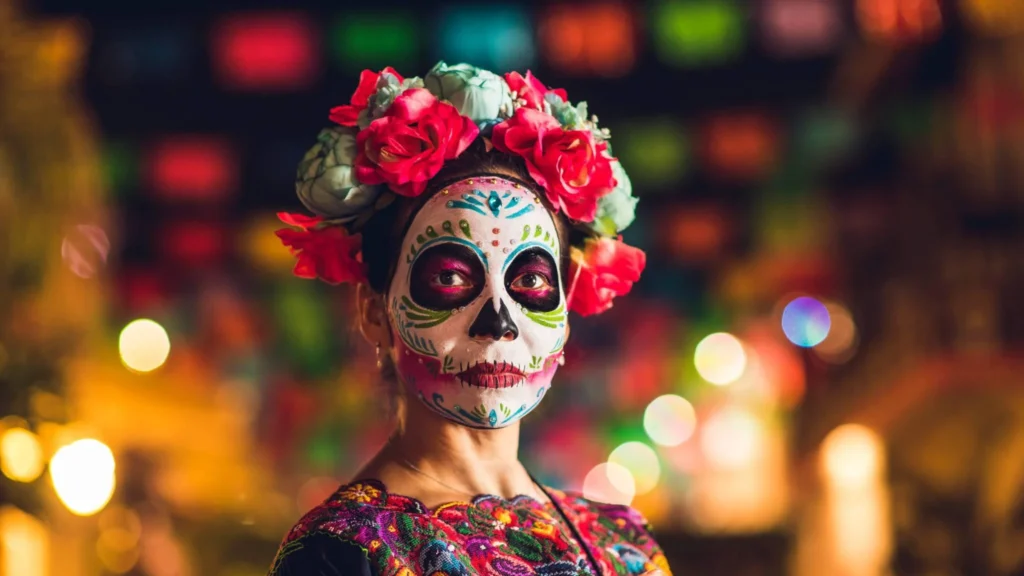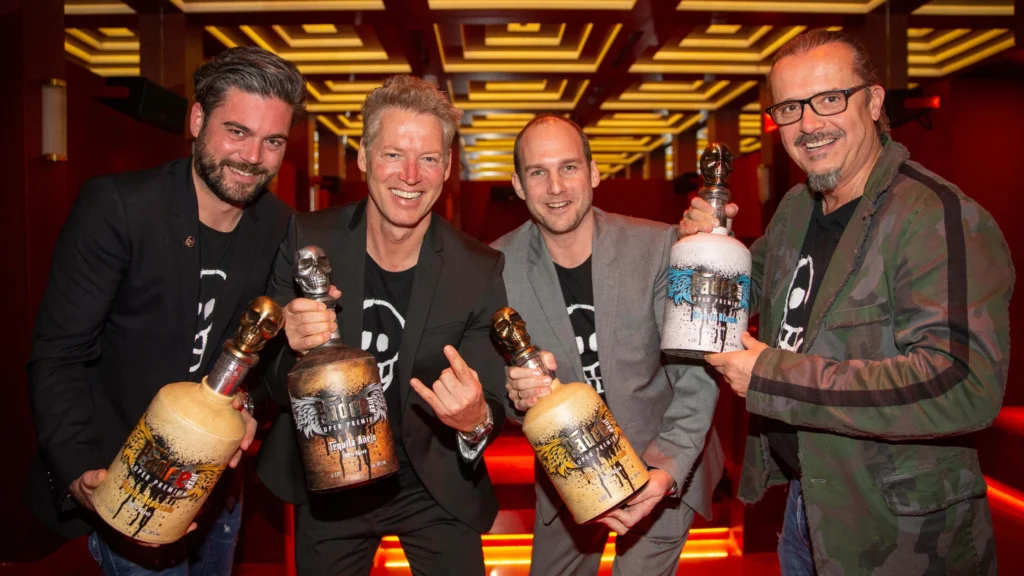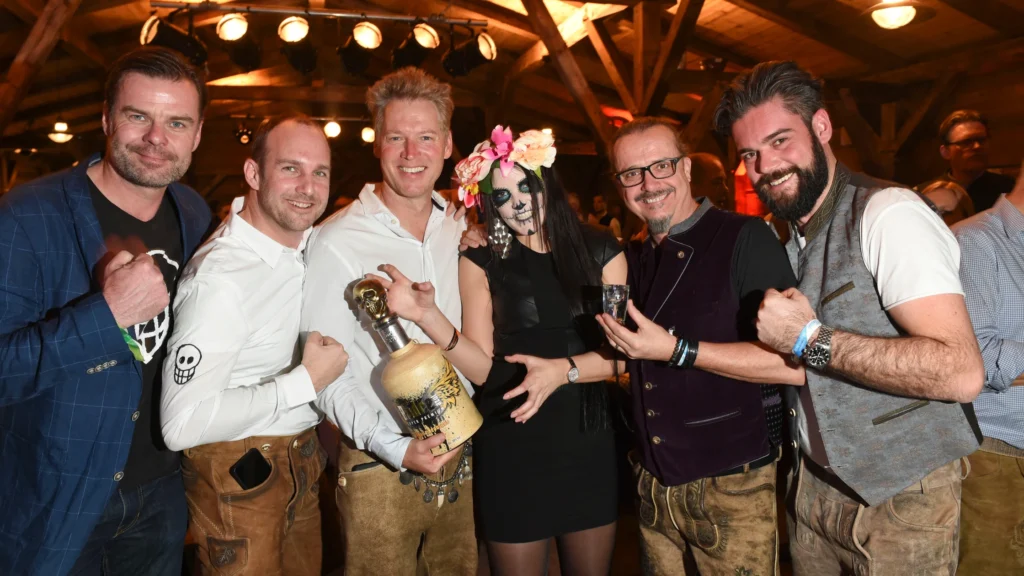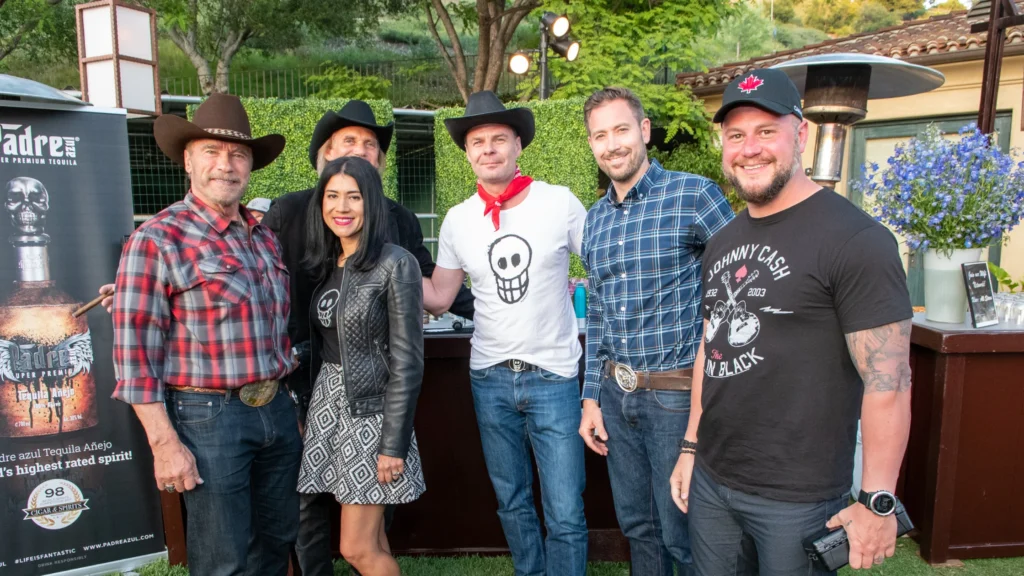El Dia de los Muertos is the most important holiday of the year for Mexicans—even more important than Christmas! It’s a nationwide celebration of life and eternal friendship—it’s not Halloween! People dress up like skeletons and throw a party in the graveyard while commemorating the dead. This might sound like a unique celebration, but it has a lot of meaning behind it. To get a deeper understanding of this festivity, we collected the top five facts about the Day of the Dead, that you might or might not know yet! For those in a hurry, here is a brief summary:
- Each altar is unique but the same
- People in Yucatan celebrate Hanal Pixan instead of Día de los Muertos
- La Calavera Catrina was originally a satirization of the upper class
- Día de los Muertos is a cultural heritage of humanity
- Watch Disney’s Coco to understand Día de los Muertos
Fact #1: Each altar is unique but the same
Probably the most important aspect of the Day of the Dead festivities is the so-called ofrenda. Since it’s believed that their deceased loved ones return to our world for this occasion, Mexicans set up a generously decorated altar for the spirits of their dead friends and relatives. Sugar skulls, marigold flowers, and other spiritual decorations are put on the altar. Besides this standard decoration, people place pictures of the dead person and his or her favorite foods and drinks, which the person preferred to consume during his or her lifetime, as well as several personal items. Hence, there must be millions of unique altars representing and honoring the personality of the dead person all over the country for the duration of the multi-day festivity.
Yet all of them are the same! Why? Because every ofrenda (the Spanish name for altar) must contain all four elements of nature, i.e., fire, water, wind, and earth. To represent fire, people light candles to guide the way to the ofrenda for the souls. Water is present in the form of a water pitcher, which should quench the thirst of the souls after their long journey from the land of the dead. To symbolize wind, people use the traditional Papel Picado, colorful paper banners with cut-out motives. Last but not least, the earth can be represented by food, such as sugar skulls, but mostly with the pan de muerto, which is only made in Mexico for the Día de los Muertos days.

Fact #2: People in Yucatan celebrate Hanal Pixan instead of Día de los Muertos
You might know what Día de los Muertos is, but do you also know what Hanal Pixan is? Hanal Pixan (pronounced ha-nawl peesh-awn) is solely celebrated on the Yucatan Peninsula of Mexico, as it can be considered the Mayan version of Día de los Muertos. Since the well-known Day of the Dead originated with the Aztecs, who inhabited central Mexico, this festivity is a relic from the Maya who lived in the humid area of Yucatan. Literally translated, Hanal Pixan means “Food for the souls”.
Both festivities have many similarities but also some differences. Día de los Muertos and Hanal Pixan are both celebrated at the same time, starting on October 31st and ending on November 2nd. Moreover, both holidays’ objective is to remember friends and family members that have already moved on to another sphere of existence. Both festivities believe that these souls (also pixan in the Mayan language) return from the land of the dead for that occasion.
While pictures are a crucial part of Día de los Muertos, people celebrating Hanal Pixan are not allowed to put photos of their deceased loved ones on the ofrenda until a whole year has passed since their death. In addition, since it only gets celebrated in Yucatan, local food is served throughout the multi-day festivity. Additionally, it’s prohibited to touch the food that is placed on the altar until the holiday is over! The best Hanal Pixan celebration is for sure in Merida, the capital of Yucatan.

Fact #4: La Calavera Catrina was originally a satirization of the upper class
Besides the famous artist Frida Kahlo, La Catrina is probably the best-known Mexican female worldwide. The interesting aspect is that Catrina La Calavera Garbanc, which is her full name – is just a fictional character born by the Mexican painter and illustrator José Guadalupe Posada at the beginning of the 20th century. La Calavera Catrina is a female skeleton dressed up in fancy clothes while wearing lots of makeup to hide her native origins. La Catrina was meant to be a satire of the Mexican upper-class society trying to dress properly to adapt to the European lifestyle that was brought into the country by the Spanish.
The character should represent the fact that it does not matter how you dress because, in the end, we all die. The popularity of La Catrina only started to increase due to Diego Rivera, the husband of Frida Kahlo, as he included La Catrina in one of his famous paintings. Nowadays, the iconic La Catrina costume is a popular outfit for Día de los Muertos! People paint their faces white like a skeleton and add some colorful makeup details, wear a dress and headwear, normally a big hat.

Fact #4: Día de los Muertos is a cultural heritage of humanity
In 2003 UNESCO designated Mexican El Día de los Muertos as an intangible cultural heritage of humanity! By doing so, this ancient tradition should be protected, so future generations can also experience the magical festivity by remembering… us! Only the most outrageous forms of expression make it onto the special UNESCO list. Besides the Day of the Dead, also the typical Mariachi music and the ritual ceremony of the Voladores are Mexican intangible cultural heritages of humanity. So, it is important to teach and pass on this beautiful tradition to our children so they can celebrate this Mexican holiday as we do. The next fact shows you an easy way to do so!

Fact #5: Watch Disney’s Coco to understand Día de los Muertos
Probably one of the best ways to learn and understand the meaning of the Mexican Día de los Muertos is by watching the Disney movie “Coco”! It not only shows the colorful decoration people set up for Día de los Muertos but also let you feel the exceptional atmosphere that surrounds this holiday. You’ll get detailed insights into the values of Mexican culture while being on the edge of laughing, crying, and being astonished by this piece of modern art transmitting traditional rituals. It’s a story easy to follow, perfect for young and experienced audiences! After watching, you’ll understand why UNESCO added Día de los Muertos to the list of intangible cultural heritages of humanity!
Bonus fact: Padre Azul celebrates Día de los Muertos with an annual limited Artist Edition
Día de los Muertos, tequila, and art. This trio belongs to each other! Our Padre Azul team put these three aspects together, and the result was the limited Día de los Muertos Artist Edition in cooperation with the Mexican artist José Parra. His artwork, “Catrina de Velas” adorns the outside of the bottle, and our Padre Azul Anejo tequila fills the inside. The combination makes it a rare item in a collection that might soon get enriched by a new edition… Padres, stay tuned!





